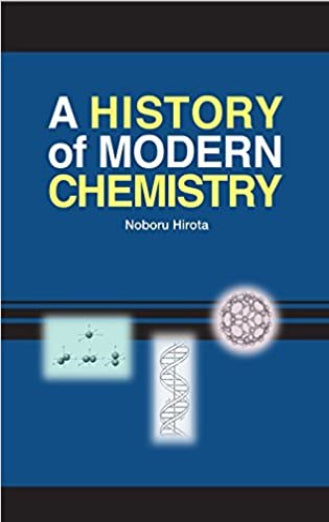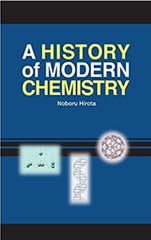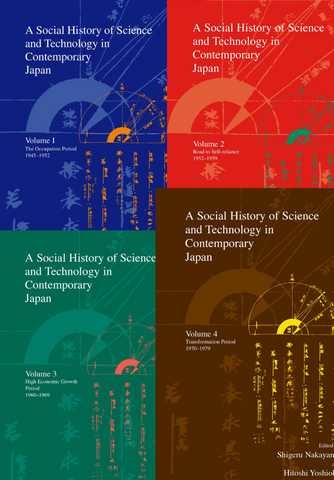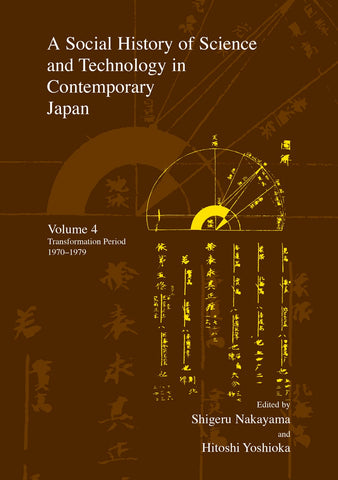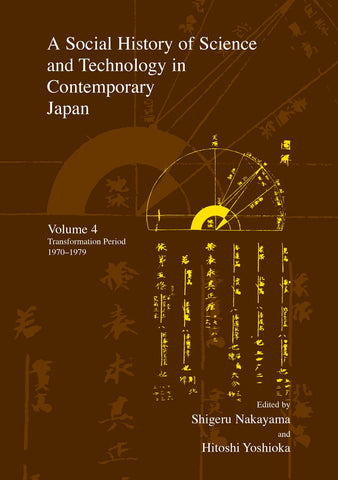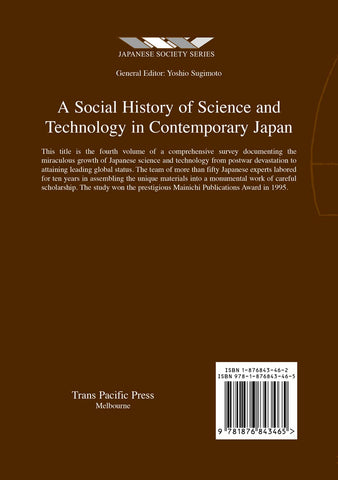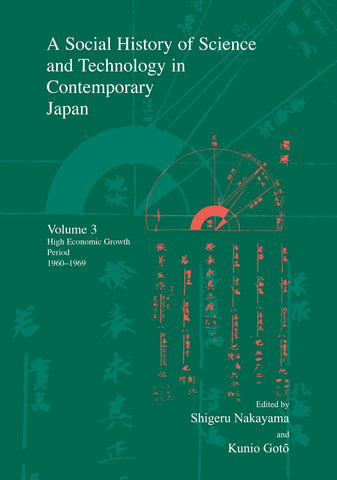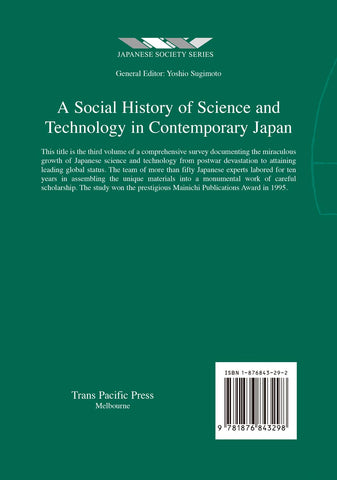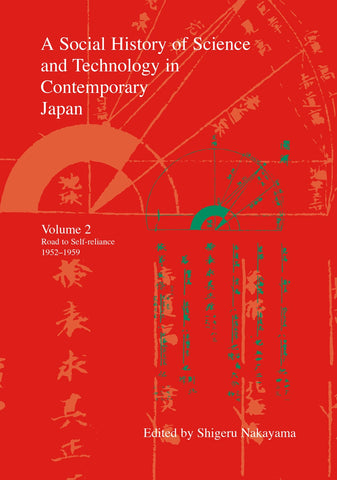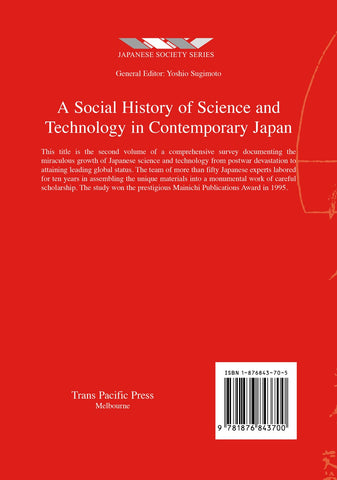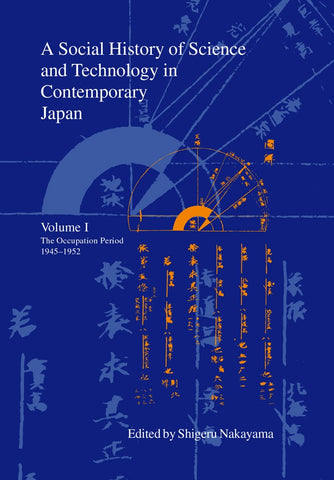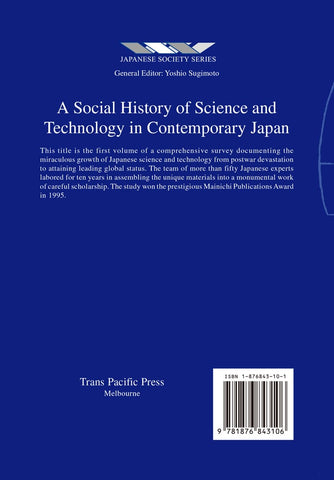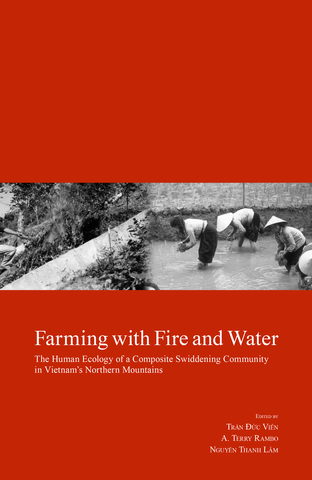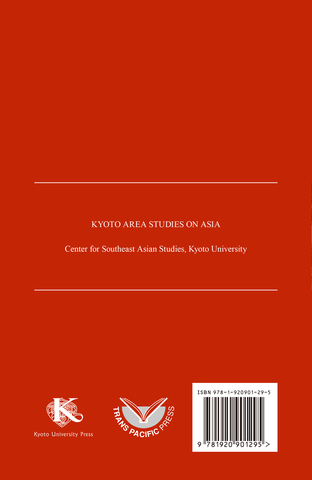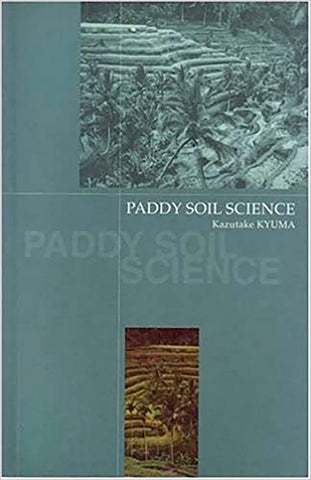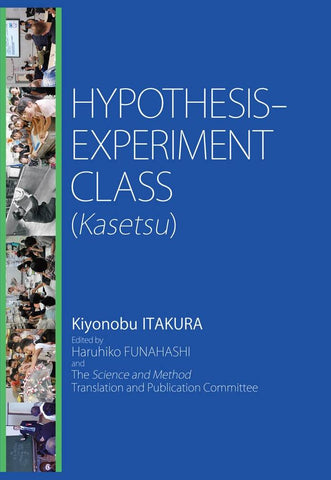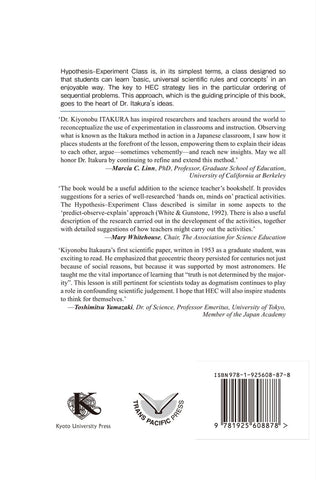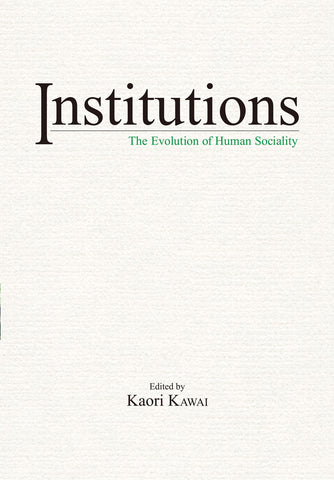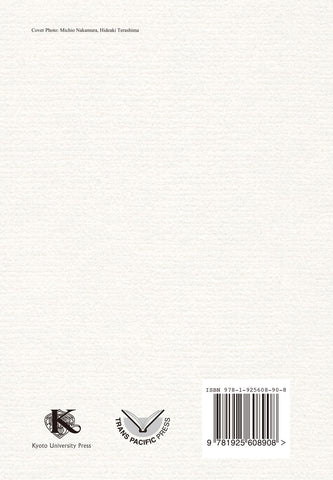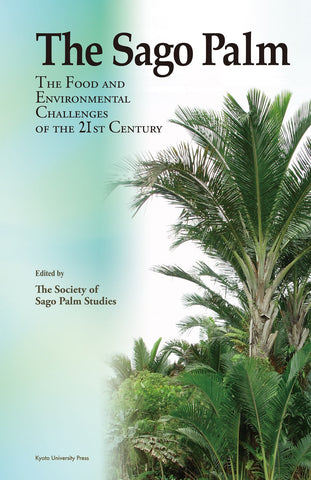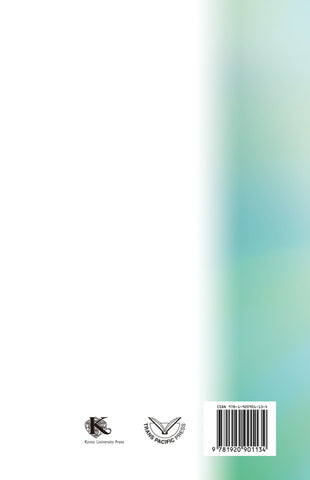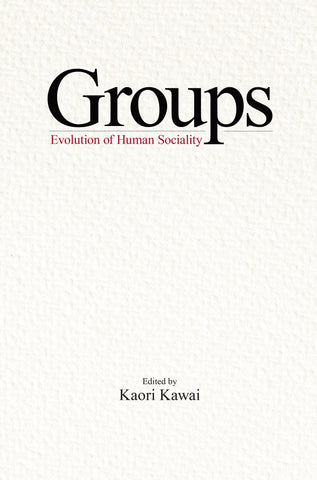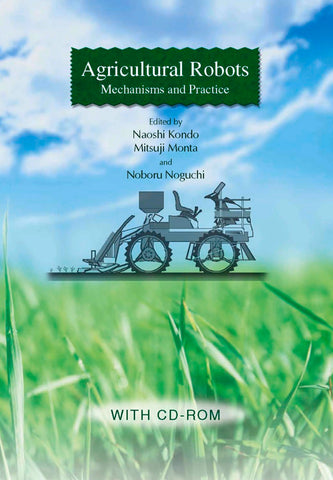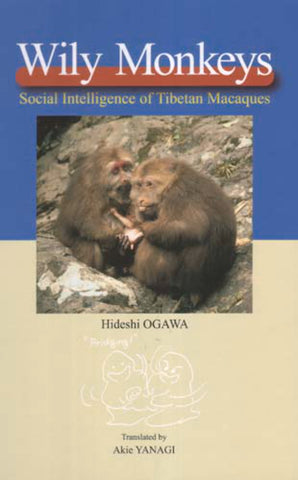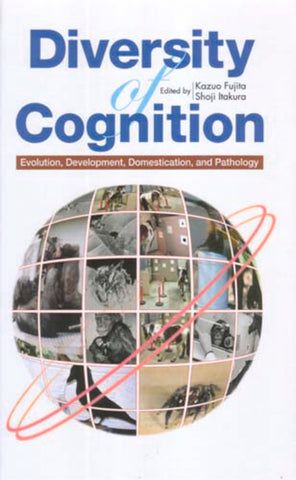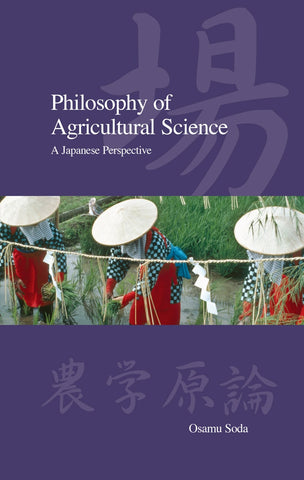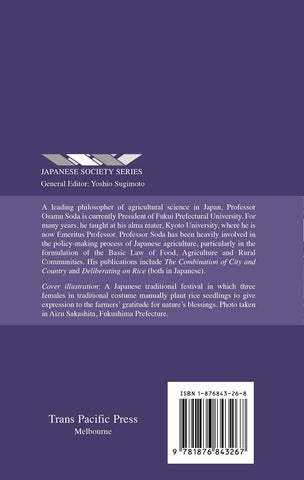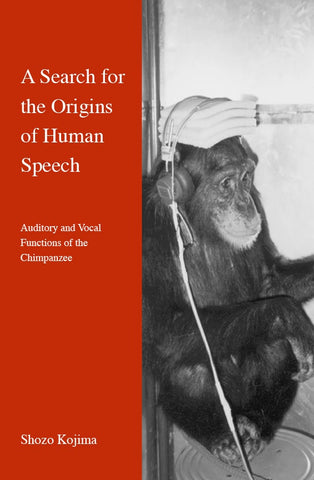A History of Modern Chemistry
Many In Stock
Noboru Hirota has produced a major historical analysis of how the field of chemistry has evolved over centuries. Spanning more than eight hundred pages, this book presents an exhaustive study of the field, showing how ground-breaking discoveries were made and innovative theories were constructed, with personal portrayals and interesting anecdotes of pioneering scholars. Positioning chemistry carefully within the natural sciences, the author rejects the traditional separation of physics, chemistry and biology, defines chemistry broadly as the 'science of atoms and molecules,' and traces its dynamic history with an emphasis on 20th century developments and more recent findings. Professor Hirota himself has spearheaded research in physical chemistry for more than four decades in Japan and the United States, with cutting-edge engagement with magnetic resonance, spectroscopy, and photochemistry. This publication invites specialized researchers to traverse the pathways along which the subject developed into its present form and to understand how their own research fits into the broad scope of science as a whole.
Reviews
"There are many books on the history of chemistry, but few that provide a comprehensive overview of the field up to the modern day. This book admirably fills that need. Overall, this is an excellent book and is strongly recommended." --Choice, Vol. 54, No. 7, March 2017
Awards
Chosen as an Outstanding Academic Title for 2017 by Choice Magazine!
Chosen as Top Favorite 25 Titles in 2017 by Choice Magazine!
About Editors and Authors
HIROTA Noboru is Professor Emeritus at Kyoto University. He specializes in chemistry and physical chemistry. He graduated from the Faculty of Science, Kyoto University, in 1959 and completed his PhD at Washington University in 1963. After working at the University of Chicago and the State University of New York in the United States, he went on to become Professor in the Faculty of Science at Kyoto University in 1975. He retired from Kyoto University in 2001 and was appointed to his current position.
Table of contents
Prologue: What is chemistry? Why a history of modern chemistry?
Part 1: Toward the Formation of Modern Chemistry
1: The road to modern chemistry
1.1 The Ancient Origins of Chemistry
1.2 The Development of Pneumatic Chemistry
1.3 Lavoisier and the Chemical Revolution
2: The development of modern chemistry
2.1 Atomic theory and the determination of atomic weights
2.2 The birth of electrochemistry and its impact on chemistry
2.3 The birth of organic chemistry and the confusion surrounding atoms and molecules
2.4 The establishment and development of organic chemistry
2.5 The periodic law of the elements
2.6 Advances in analytical chemistry and inorganic chemistry
Show More >
Prologue: What is chemistry? Why a history of modern chemistry?
Part 1: Toward the Formation of Modern Chemistry
1: The road to modern chemistry
1.1 The Ancient Origins of Chemistry
1.2 The Development of Pneumatic Chemistry
1.3 Lavoisier and the Chemical Revolution
2: The development of modern chemistry
2.1 Atomic theory and the determination of atomic weights
2.2 The birth of electrochemistry and its impact on chemistry
2.3 The birth of organic chemistry and the confusion surrounding atoms and molecules
2.4 The establishment and development of organic chemistry
2.5 The periodic law of the elements
2.6 Advances in analytical chemistry and inorganic chemistry
2.7 Thermodynamics and the kinetic theory of gas molecules
2.8 The birth and growth of physical chemistry
2.9 Organic chemistry of natural products
2.10 The road to the birth of biochemistry
2.11 The education of chemists
2.12 Chemical industries in the 19th century
2.13 The introduction of modern chemistry to Japan
Part 2: The Birth and Development of Modern Chemistry
3: The revolution in physics from the end of the 19th century to the early 20th century
3.1 The Discovery of the Electron
3.2 The Discovery of X-rays and Early Research
3.3 The Discovery of Radioactivity and Isotopes
3.4 The Atom as a Reality
3.5 The Advent of the Quantum Theory
3.6 Structure of the Atom and Quantum Theory
3.7 The Emergence of Quantum Mechanics and Chemistry
4: Chemistry in the first half of the 20th century
4.1 Characteristics of Chemistry in the First Half of the 20th Century
4.2 Physical Chemistry (I): Chemical Thermodynamics and Solution Chemistry
4.3 Physical Chemistry (II): Chemical Bond Theory and Molecular Structure Theory
4.4 Physical Chemistry (III): Chemical Reaction Theory and the Development of Colloid and Surface Chemistry
4.5 The Birth of Nuclear and Radiochemistry
4.6 Analytical Chemistry
4.7 Inorganic chemistry
4.8 Organic chemistry (I): The birth of physical organic chemistry and polymer chemistry, and the development of synthetic chemistry
4.9 Organic chemistry (II): Organic chemistry of natural products and foundation of biochemistry
4.10 Establishment and development of biochemistry: Dynamic biochemistry
4.11 Development of applied chemistry
4.12 Chemistry in Japan
4.13 Chemistry and society
Part 3: Contemporary Chemistry
5: Chemistry in the second half of the 20th century (I)
5.1 Overall trends
5.2 Progress in observational, measurement, and analytical techniques and the maturation of structural chemistry
5.3 Advances in theoretical and computational chemistry: Understanding and predicting chemical phenomena
5.4 The increasing precision of chemical reaction studies
5.5 Discovery and synthesis of new substances
5.6 The chemistry of functional and physical properties: The foundations of materials science
5.7 Chemistry of the Earth, the atmosphere, and outer space
6: Chemistry in the second half of the 20th century (II)
6.1 Birth of molecular biology and structural biology
6.2 Development of biochemistry (I): Chemistry of DNA and RNA
6.3 Development of biochemistry (II): Enzymes, metabolism and molecular physiology
7: Chemistry from the 20th century into the future
7.1 20th century chemistry and the Nobel Prize
7.2 Chemistry at the dawn of the 21st century
7.3 The future of chemistry—and what we can expect from it
